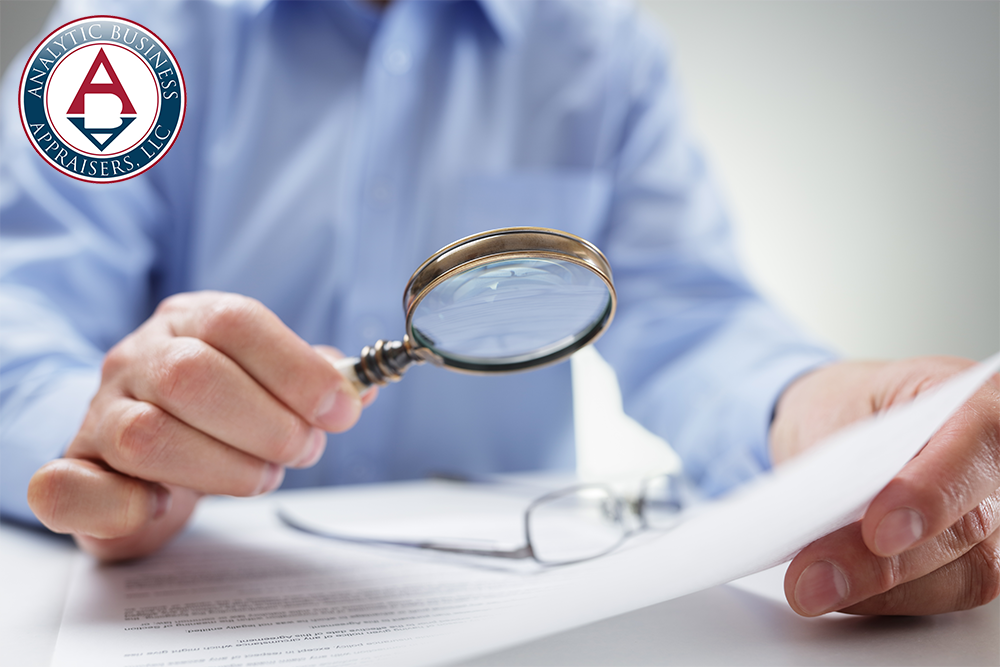Abstract: This article examines a recent divorce dispute that illustrates how unreliable data can undermine an expert’s estimate. When a divorcing couple disagreed about the value of the business owned by the husband and his brother, the husband’s expert lowered his final estimate after making calculations based on the brother’s forecast. But an appeals court decided that a valuation “based on an off-the-cuff forecast by a nonexpert” didn’t provide a more accurate value than that generated exclusively from historical figures.
Unreliable data could doom your next divorce case
Can you count on your financial expert’s testimony? Not if the expert isn’t basing that testimony on reliable data. A recent divorce dispute, In re Marriage of Rodenback, illustrates how unreliable data can undermine an expert’s estimate.
Issues in dispute
When Mark and Susan Rodenback ended up in divorce court, one of the primary issues was Susan’s marital share of Mark’s interest in a software company. Mark co-owned the business with his brother Gary, and the parties agreed that Susan was entitled to half of Mark’s interest — but they didn’t agree on the company’s value.
At trial, Gary was asked to speculate on the amount of income the company would earn over the next year. He responded that he wasn’t an expert at forecasting but guessed the business would earn $1.2 million to $1.5 million in net income.
Mark’s financial expert testified on three separate occasions, providing a different value for Mark’s interest each time as he took into account new information. The expert’s final testimony, which relied on calculations he’d performed that day based on Gary’s forecast, determined the value of Mark’s interest to be about $2.3 million. But the expert testified that, up until the afternoon of his testimony, he had valued the interest at about $3.5 million, based solely on the most recent information on the company’s sales and operations.
Faulty forecast?
The trial court didn’t adopt any of Mark’s expert’s values and instead made its own determination of value. It forecast the next year’s income at $1.5 million and set the value of Mark’s interest at about $2.6 million, making Susan’s share about $1.3 million. The court, however, adjusted her share to reflect the fact that Mark planned to pay her from taxable income. It allocated the tax liability equally, reducing Susan’s share to about $1 million.
On appeal, the Oregon Court of Appeals concluded that the most persuasive valuation of Mark’s interest was the $3.5 million figure. It wasn’t convinced that a valuation “based on an off-the-cuff forecast by a nonexpert
Costly lesson
In the end, the appellate court increased Susan’s share of the software business by more than $700,000. This result provides a costly reminder of the importance of using experts who rely on strong supporting data.







Leave A Comment